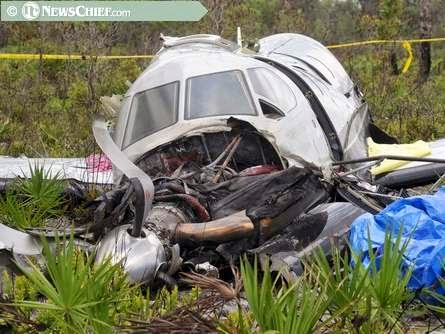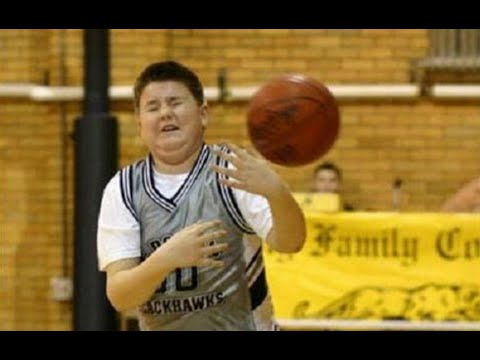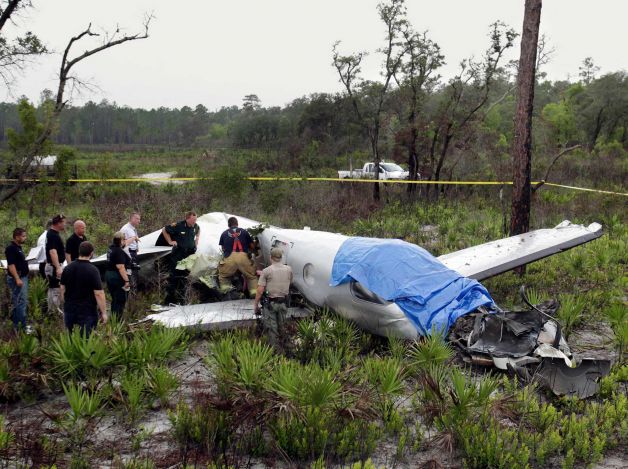pilotmax
Pre-Flight
- Joined
- Nov 5, 2017
- Messages
- 38
- Display Name
Display name:
Max
Hello, I’m new here.
A bit of background - I’m a 200+ hour PPSEL and most of my time is in tailwheel Citabrias and and RV4 that we used to own. Just bought a Super Decathlon for stick & rudder fun. My wife is a similarly-experienced pilot, and her flying proclivity is aerobatics, hence the Super D.
The other mission we want to accomplish is flying our family of four (our kids are 10 and 5) from the Bay Area to Truckee (KRHV - KTRK) on a regular basis. In the winter we would like to make this trip weekly, weather permitting, as our kids are in the ski team. For this we will be acquiring a traveling airplane, one that is IFR capable, turbocharged for density altitude in summer, and reasonably fast.
The question I have is about FIKI - how important is it? The planes we are considering can be had with inadvertent TKS or with FIKI, but he price delta is about $200K+* extra to get FIKI. I understand that a turbo+FIKI doesn’t make for an all-weather plane. Obviously there will be bad weather days that we will drive and not fly. OTOH, there will be days where we will able to make the trip VFR. Then, I presume there will be some days when we may pick up inadvertent ice and TKS will help with it. And finally there will be some days that will be 'known icing' and FIKI will allow to make the trip legally and more safely.
Other considerations
- Both of us will be getting our IFR rating once we get this plane
- We will be *VERY CAUTIOUS* IFR pilots until we gain substantial experience (we’re carrying our children after all) - no approaches to minimums, not flight into icing, etc. We’d rather drive or sit out a storm and fly the next day.
- We will be flying dual-pilot, switching off PIC and SIC so that both of us are proficient and current.
- Our thinking is that if we get a non-FIKI plane we will grow out of it in about 2-3 years as our experience increases and we will be more comfortable taking on higher risks. Then will need to upgrade. Hence might as well go all the way. But, given the cost increase, we will need to wait longer to get it.
What other questions should I be asking? How else should I be thinking about this?
* 2007 SR-22 G3 Turbo Normalized with Avidyne ~ $250k vs. 2010 SR22T FIKI Garmin Perspective ~ $450k
A bit of background - I’m a 200+ hour PPSEL and most of my time is in tailwheel Citabrias and and RV4 that we used to own. Just bought a Super Decathlon for stick & rudder fun. My wife is a similarly-experienced pilot, and her flying proclivity is aerobatics, hence the Super D.
The other mission we want to accomplish is flying our family of four (our kids are 10 and 5) from the Bay Area to Truckee (KRHV - KTRK) on a regular basis. In the winter we would like to make this trip weekly, weather permitting, as our kids are in the ski team. For this we will be acquiring a traveling airplane, one that is IFR capable, turbocharged for density altitude in summer, and reasonably fast.
The question I have is about FIKI - how important is it? The planes we are considering can be had with inadvertent TKS or with FIKI, but he price delta is about $200K+* extra to get FIKI. I understand that a turbo+FIKI doesn’t make for an all-weather plane. Obviously there will be bad weather days that we will drive and not fly. OTOH, there will be days where we will able to make the trip VFR. Then, I presume there will be some days when we may pick up inadvertent ice and TKS will help with it. And finally there will be some days that will be 'known icing' and FIKI will allow to make the trip legally and more safely.
Other considerations
- Both of us will be getting our IFR rating once we get this plane
- We will be *VERY CAUTIOUS* IFR pilots until we gain substantial experience (we’re carrying our children after all) - no approaches to minimums, not flight into icing, etc. We’d rather drive or sit out a storm and fly the next day.
- We will be flying dual-pilot, switching off PIC and SIC so that both of us are proficient and current.
- Our thinking is that if we get a non-FIKI plane we will grow out of it in about 2-3 years as our experience increases and we will be more comfortable taking on higher risks. Then will need to upgrade. Hence might as well go all the way. But, given the cost increase, we will need to wait longer to get it.
What other questions should I be asking? How else should I be thinking about this?
* 2007 SR-22 G3 Turbo Normalized with Avidyne ~ $250k vs. 2010 SR22T FIKI Garmin Perspective ~ $450k
Last edited:




